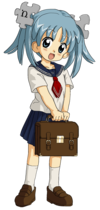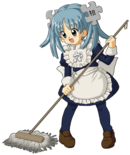Portal:Anime and manga
Jump to navigation
Jump to search
Categories:
- Portals with triaged subpages from June 2018
- All portals with triaged subpages
- All portals
- Portals with no named maintainer
- Random portal component with 31–40 available subpages
- Random portal component with more available subpages than specified max
- Random portal component with 41–50 available subpages
- Random portal component with 6–10 available subpages
- Random portal component with 26–30 available image subpages
- Anime and manga portal
- Entertainment portals
- Arts portals
- WikiProject Anime and manga
- Animation portals
- Comics portals
- Redirect targets of redirected portals with existing subpages
- Unredirected portals with existing subpages


























